
Course Intermediate 35191
Course Introduction:High-performance server installation For high-performance websites with large request volume, how to support them? On the one hand, we need to reduce requests For developers----merge css, background images, reduce mysql queries, etc. 2: For operation and maintenance of expires of nginx, use browser cache, etc. to reduce queries. 3: Use CDN to respond to requests 4: The final remaining, unavoidable requests are supported by server cluster + load balancing. Therefore, after reaching step 4, do not consider reducing requests anymore. Instead, think about how to better respond to high concurrent requests. Big understanding---Since response is inevitable, what we have to do is to distribute the work content "evenly" to each server. The most ideal situation is that the performance of each server is fully utilized.

Course Elementary 25074
Course Introduction:"Nginx Basics Introductory Video Tutorial" This course is recorded by Boolean Education and is taught by Yan Shiba. Anyone who knows Shiba should know that the class he teaches is quite good. Nginx ("engine x") is a high-performance HTTP and reverse proxy server, also an IMAP/POP3/SMTP server. Students who want to learn nginx can come in and take a look!
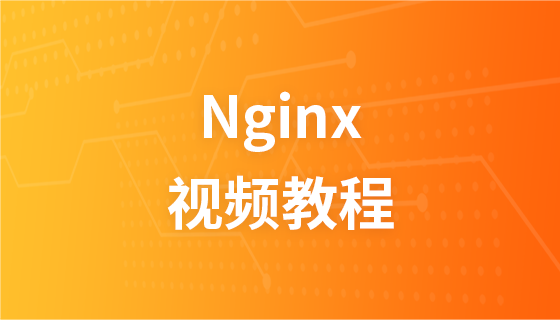
Course Advanced 20807
Course Introduction:Nginx ("engine x") is a high-performance HTTP and reverse proxy server, as well as an IMAP/POP3/SMTP server. Nginx was developed by Igor Sysoev for Russia's second most visited Rambler.ru site. The first public version 0.1.0 was released on October 4, 2004. It releases source code under a BSD-like license and is known for its stability, rich feature set, sample configuration files, and low system resource consumption. On June 1, 2011, nginx 1.0.4 was released.
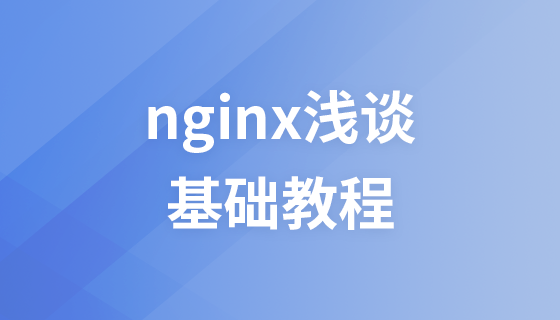
Course Elementary 3246
Course Introduction:If you have any questions, add WeChat: Le-studyg; the course content includes Nginx installation, process stopping principle, reload principle, process of loading configuration files, static service principle, HTTP reverse proxy principle, gRPC reverse proxy principle, load balancing principle, etc. . In addition, the course also covers ways to implement a simple static server using different programming languages ??such as Golang, Python, PHP, C, and C++. Finally, the course will be summarized and explained. By studying this course, you will have an in-depth understanding of the various functions and principles of Nginx, as well as how to use different programming languages ??to implement a simple static server. This will help you better understand and apply Nginx, and build simple static servers in different language environments.

Course Elementary 2790
Course Introduction:If you have any questions, please add us on WeChat: Le-studyg; the course content includes the basic principles of Nginx load balancing, load balancing algorithms, health check and failover, dynamic load balancing configuration, etc. Through an in-depth analysis of the principles and implementation details of Nginx load balancing, you will learn key knowledge such as how load balancing works, algorithm selection, and configuration tuning, and learn how to use this knowledge to manually write a simple load balancer. Whether you want to deeply understand the principles and internal mechanisms of Nginx load balancing, or you want to learn how to manually write a simple load balancer, this course will provide you with comprehensive guidance and practical experience. Whether you are a beginner or an experienced developer, you can gain practical knowledge and skills from this course and improve your capabilities in the field of load balancing.

Course Elementary 13772
Course Introduction:Scala Tutorial Scala is a multi-paradigm programming language, designed to integrate various features of object-oriented programming and functional programming.

Course Elementary 82280
Course Introduction:"CSS Online Manual" is the official CSS online reference manual. This CSS online development manual contains various CSS properties, definitions, usage methods, example operations, etc. It is an indispensable online query manual for WEB programming learners and developers! CSS: Cascading Style Sheets (English full name: Cascading Style Sheets) is an application used to express HTML (Standard Universal Markup Language).

Course Elementary 13144
Course Introduction:SVG is a markup language for vector graphics in HTML5. It maintains powerful drawing capabilities and at the same time has a very high-end interface to operate graphics by directly operating Dom nodes. This "SVG Tutorial" is intended to allow students to master the SVG language and some of its corresponding APIs, combined with the knowledge of 2D drawing, so that students can render and control complex graphics on the page.

Course Elementary 24590
Course Introduction:In the "AngularJS Chinese Reference Manual", AngularJS extends HTML with new attributes and expressions. AngularJS can build a single page application (SPAs: Single Page Applications). AngularJS is very easy to learn.

Course Elementary 27446
Course Introduction:Go is a new language, a concurrent, garbage-collected, fast-compiled language. It can compile a large Go program in a few seconds on a single computer. Go provides a model for software construction that makes dependency analysis easier and avoids most C-style include files and library headers. Go is a statically typed language, and its type system has no hierarchy. Therefore users do not need to spend time defining relationships between types, which feels more lightweight than typical object-oriented languages. Go is a completely garbage-collected language and provides basic support for concurrent execution and communication. By its design, Go is intended to provide a method for constructing system software on multi-core machines.
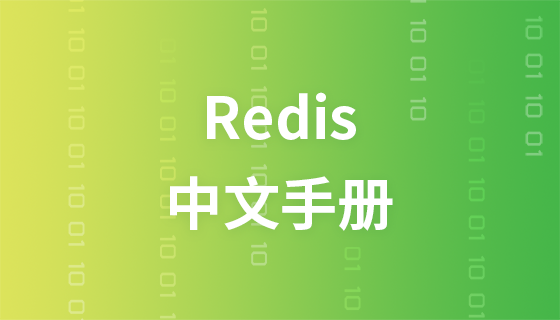
Course Elementary 57892
Course Introduction:"Redis Command Operation Chinese Manual" is the latest official Redis online reference manual. Redis is an in-memory cache database. This manual contains various Redis operation commands with Chinese explanations. You will learn to master the efficient use of Redis in the data server. It is a must-have online query for Redis learning and users. Refer to the documentation tutorial!
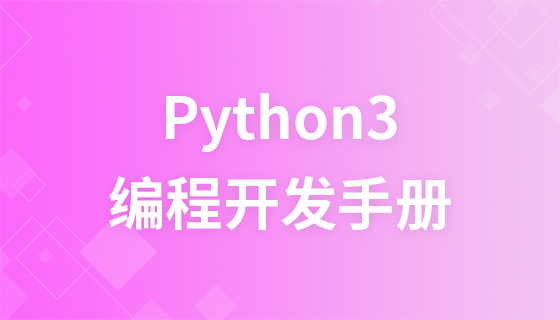
Course Elementary 87578
Course Introduction:"Python 3 Tutorial" The 3.0 version of Python is often called Python 3000, or Py3k for short. This is a major upgrade compared to earlier versions of Python. In order not to bring too much burden, Python 3.0 was not designed with backward compatibility in mind. Python language is very simple and easy to use for beginners and to complete common tasks.
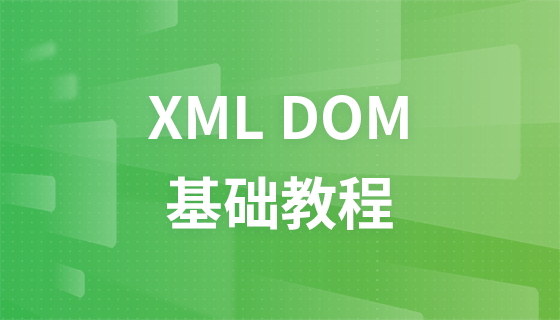
Course Elementary 21053
Course Introduction:"XML DOM Tutorial" XML DOM defines a standard method for accessing and manipulating XML documents. DOM treats an XML document as a tree structure, with leaves defined as nodes. If you want to use XML, you need to understand the XML DOM.
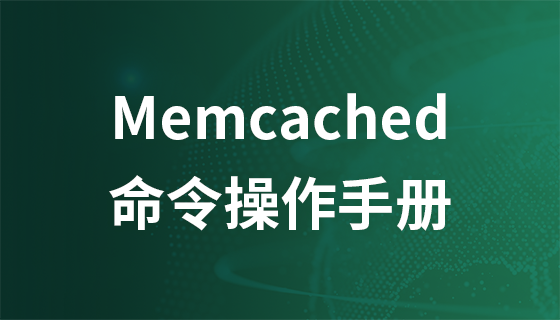
Course Elementary 17799
Course Introduction:"Memcached Command Operation Manual" is the latest official Memcached online reference manual. In this Memcached document, various Memcached operation commands are provided with Chinese explanations. You will learn how to use Memcached to reduce database load and improve performance. It is a must-have online query reference document tutorial for Memcached learners and users!
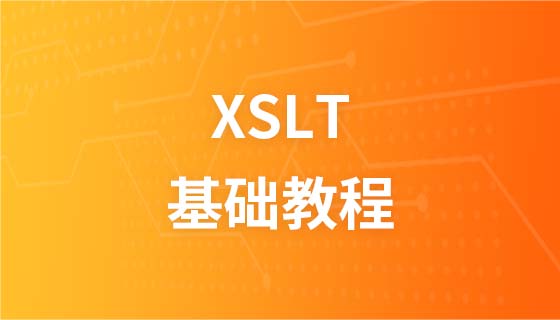
Course Elementary 9838
Course Introduction:"XSLT Tutorial" XSL refers to the EXtensible Stylesheet Language (EXtensible Stylesheet Language), which is a stylesheet language for XML documents. XSLT refers to XSL Transformation. In this tutorial, you will learn how to use XSLT to transform an XML document into another document, such as XHTML.

Course Elementary 9170
Course Introduction:"XQuery Tutorial" XQuery is to XML what SQL is to databases. XQuery is designed to query XML data.
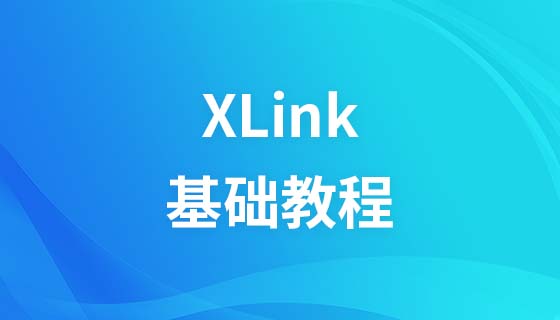
Course Elementary 8605
Course Introduction:XLink defines a standard way to create hyperlinks in XML documents. XPointer allows these hyperlinks to point to more specific parts (fragments) in the XML document.
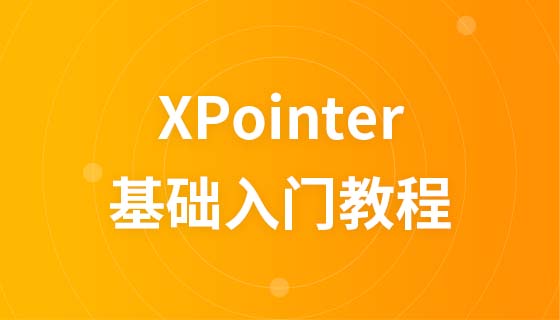
Course Elementary 8226
Course Introduction:XLink and the XPointer Tutorial XLink defines a standard way to create hyperlinks in XML documents. XPointer allows these hyperlinks to point to more specific parts (fragments) in the XML document. Start learning XLink and XPointer now! Table of Contents Introduction to XLink and XPointer This chapter explains the concepts of XLink and XPointer. XLink and XPointer syntax XLink and XPointer syntax
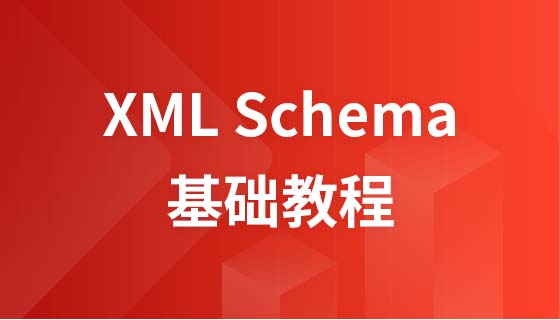
Course Elementary 10991
Course Introduction:"XML Schema Tutorial" XML Schema describes the structure of an XML document. In this tutorial, you'll learn how to read and create the XML Schema language in your applications, why XML Schema is more powerful than DTDs, and how to use XML Schema in your applications. Start learning XML Schema now!

Course Elementary 22373
Course Introduction:Design pattern (Design pattern) is a set of classified and cataloged summary of code design experience that is used repeatedly, known to most people. The purpose of using design patterns is to reuse code, make the code easier to understand by others, and ensure code reliability. There is no doubt that design patterns are win-win for ourselves, others, and the system; design patterns make code writing truly engineering; design patterns are the cornerstone of software engineering, just like the structure of a building.